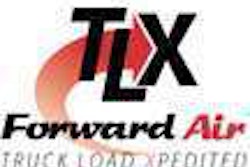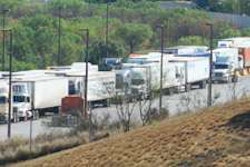The California Air Resources Board last week adopted the final cap-and-trade regulation, putting into place another key element of the state’s climate plan. The cap-and-trade program will now join a suite of other measures, including standards for ultra-clean cars, low-carbon fuels and renewable electricity.
“Cap-and-trade is another important building block in California’s effort to create a clean and vibrant economy,” says CARB Chairman Mary Nichols. “It sends the right policy signal to the market, and guarantees that California will continue to attract the lion’s share of investment in clean technology. When the nation addresses the growing danger of climate change, as I believe it must and will, California’s climate plan will serve as the model for a national program.”
The board also approved an adaptive management plan to monitor the effect of the program on localized air quality and forests. The regulation sets a statewide limit on sources responsible for 85 percent of California’s greenhouse gas emissions is designed to provide covered entities the flexibility to seek out and implement the lowest-cost options to reduce emissions.
The regulation will cover 360 businesses representing 600 facilities and is divided into two phases: The first, beginning in 2013, will include all major industrial sources along with electricity utilities; and the second, starting in 2015, brings in distributors of transportation fuels, natural gas and other fuels.
Companies are not given a specific limit on their greenhouse gas emissions but must supply a sufficient number of allowances (each the equivalent of one ton of carbon dioxide) to cover their annual emissions. As the cap declines each year, the total number of allowances issued in the state drops, requiring companies to find the most cost-effective and efficient approaches to reducing their emissions. The first compliance year when covered sources will have to turn in allowances is 2013.
By 2020, the state will reach the equivalent of the 1990-level of greenhouse emissions, as required under AB 32, California’s climate change legislation. This is a 15 percent reduction compared to what the emissions would be in 2020 without any programs in place.
To ensure a gradual transition, CARB will provide the majority of allowances to all industrial sources during the initial period (2013-2014), using a calculation that rewards the most efficient companies. Those that need additional allowances to cover their emissions can purchase them at regular quarterly auctions CARB will conduct, or buy them on the market. The first auctions of allowances (for 2013 allowances) are slated for August and November 2012.
Electric utilities also will be given allowances to be sold at auction for the benefit of their ratepayers and to help achieve AB 32 goals. Eight percent of a company’s emissions can be covered using credits from CARB-certified offset projects, promoting the development of beneficial environmental projects in uncapped sectors such as forestry and agriculture.
The regulation includes oversight and enforcement provisions and is designed so that California may link up with programs in other states or provinces within the Western Climate Initiative, including British Columbia, Ontario and Quebec.














